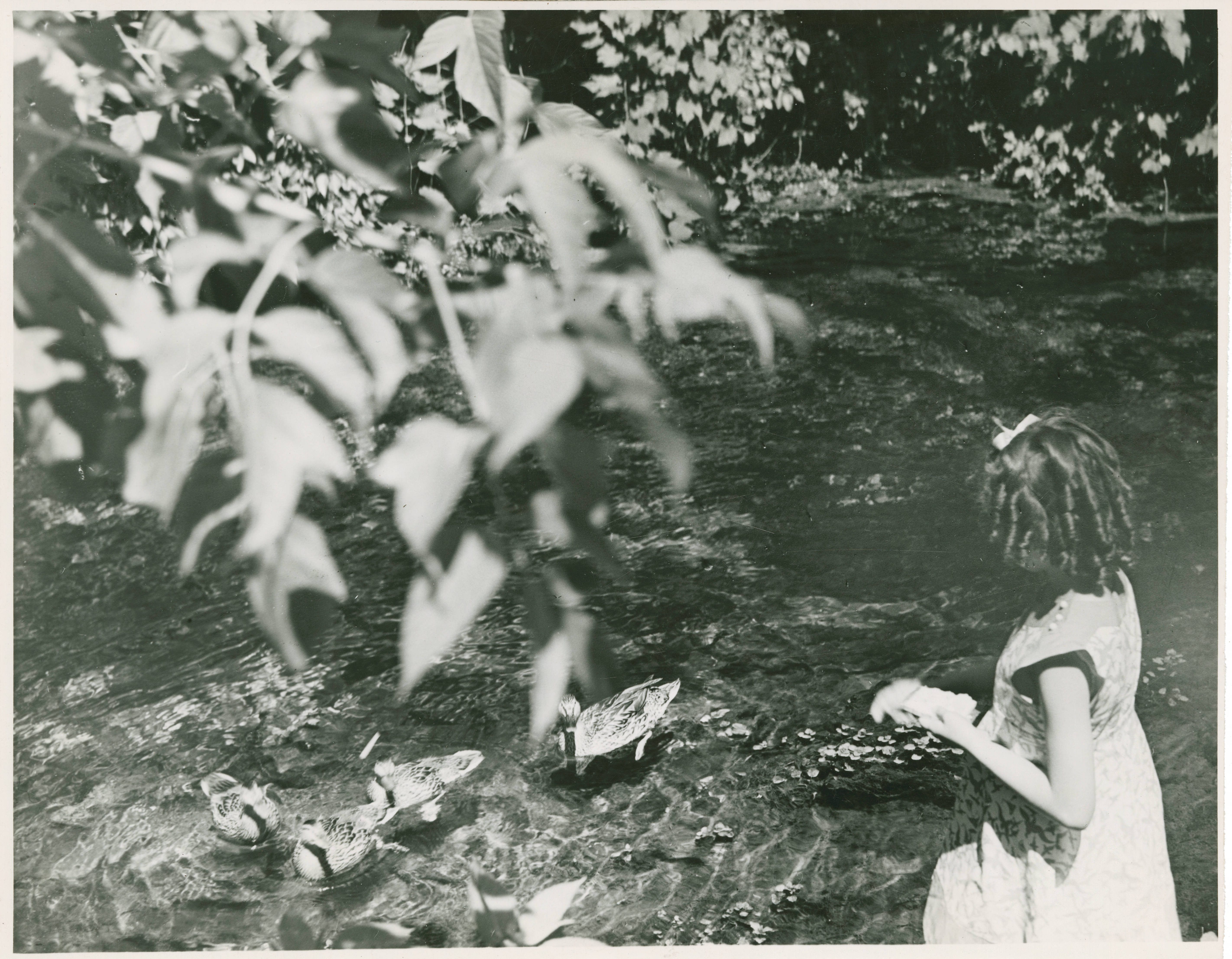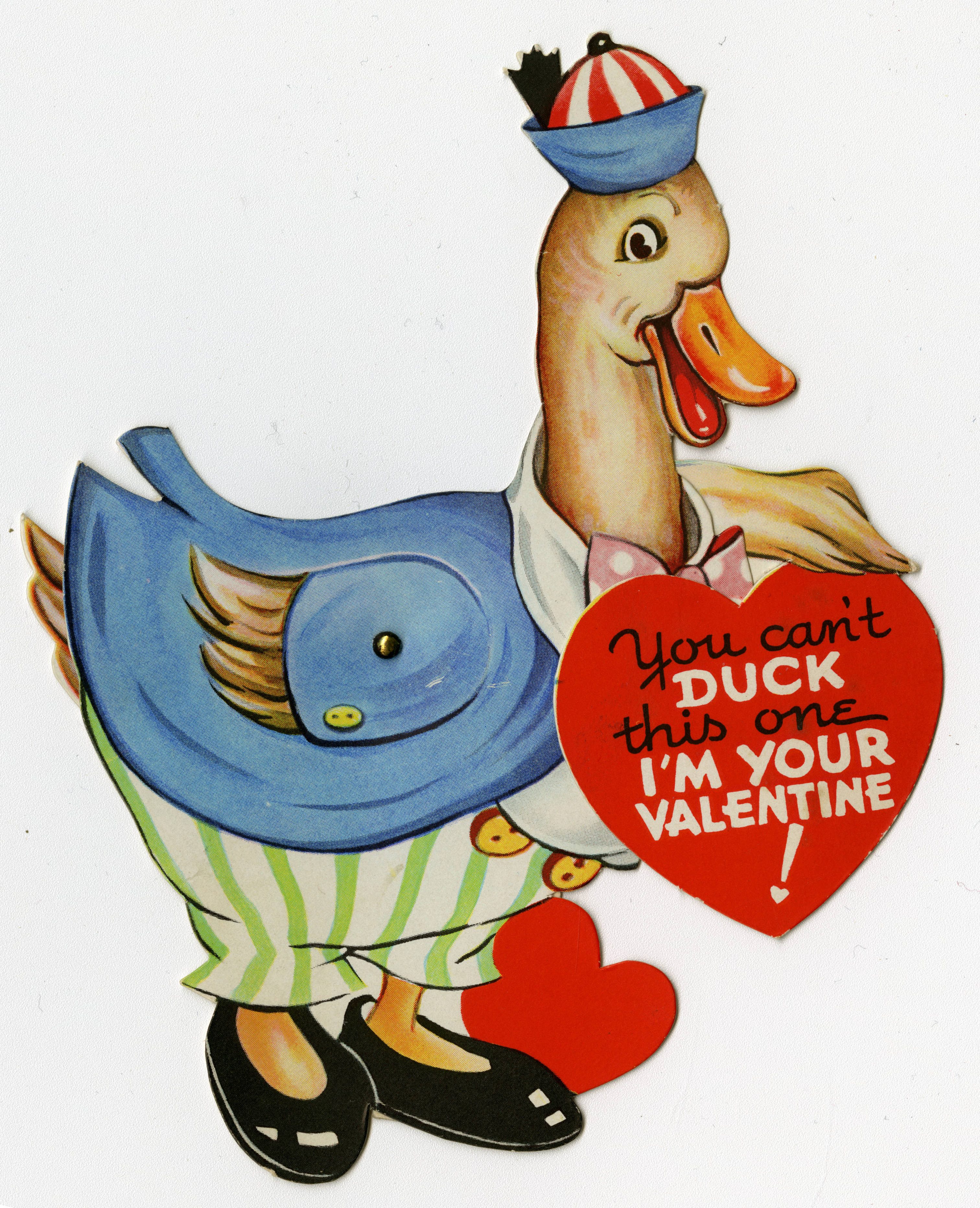Last week, the curators of the Ohio History Connection opened our inbox to see this link from a member of our curatorial team.
Long story short, on January 4th, the Museum of English Rural Life sent a tweet to the British Museum, simply stating: “give us your best duck.” The Museum of English Rural Life has recently gone viral on Twitter thanks to truly unexplainable interest in a photo of a ram that the account tweeted in April of 2018 (they’ve maintained the viral interest through the hilarious persona of their unnamed social media manager).
The British Museum delivered with a photo of an ancient Egyptian cosmetics container shaped like a duck. Soon museums around the world were chiming in with pictures of the best ducks in their collections.
Well, as some might say, birds of a feather flock together. In response to this message, the curators of the Ohio History Connection eagerly chimed in with their own opinions about the best ducks in our collections. To anyone watching this story play out on Twitter, it may be surprising how quickly so many museums have been able to find a duck hidden in their collections. But for curators who spend their days with this material, finding a duck hardly ruffles our feathers. The hardest part is actually getting all of your ducks in a row and choosing a favorite!
We now present to you, The Best Ducks at the Ohio History Connection, a very unofficial list compiled by our curators:
HOPEWELL DUCKS
Ohio’s ancient American Indian Hopewell culture (1-400 CE) created some of the most extraordinary art in North America. It is known particularly for the monumental earthworks, such as those at Newark, which the American abstract expressionist painter Barnett Newman considered “the greatest works of art on the American continent [and] perhaps the greatest art monuments in the world.”
In addition, Hopewell artisans carved exquisite representations of animals onto a variety of ceremonial regalia. Two of my favorite examples illustrate the wide range of artistic styles utilized by Hopewell artists.
The first is a carving of a duck around the bowl of a ceremonial pipe recovered from a deposit of dozens of similarly carved pipes, which were all broken, burned and ultimately buried within the Tremper Mound in Scioto County as some sort of sacrificial offering. The beautifully naturalistic rendering makes it clear that this is a Buffelhead Duck.
The other is a much more abstract rendering of a Northern Shoveler Duck (or perhaps a Roseate Spoonbill — a bird with a beak somewhat like a duck’s bill), which was recovered from Seip Mound in Ross County.
Ducks may have had a special significance for the Hopewell because they were equally at home in all three of the layers of the ancient American Indian cosmos – the heavens, the earth, and the watery underworld.

A young girl feeds a flock of ducks in Erie County, Ohio, c. 1930s-1940s. Photograph from the Ohio Guide Collection.
This is a Blue-winged Teal (Spatula discors). In summer these beautiful little ducks can be seen in marshes along the shores of Lake Erie and other marshy habitats in northern Ohio. It was likely collected sometime in the mid-1800s by James Maynard Wheaton, although we don’t have a date or location for this specimen. A great summary of this species can be found here.

Did you know that ducks just love puns? This 1939 card, addressed to one lucky gal named Dorothy, even includes a moveable wing.
While you’re at it, here’s one more fact that’s sure to get your goose: the company that makes Duck Brand duct tape is based in Ohio! They are celebrated locally every year at the Duck Tape Festival.
This post has been edited to reflect the proper identification of the second Hopewell carving. The blog previously stated that this was a Roseate Spoonbill Duck, however thanks to the sharp eye of Dr. Bret Ruby of Hopewell Culture National Historical Park, this identification has been corrected.